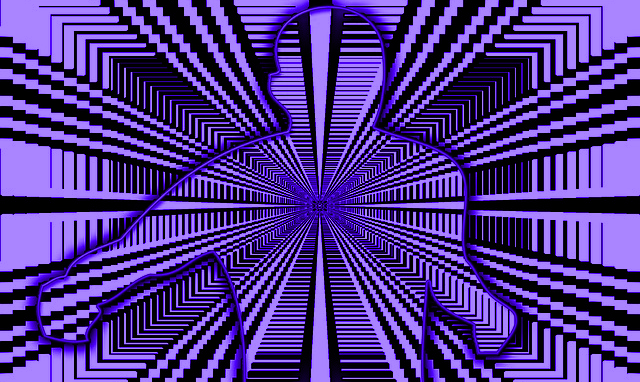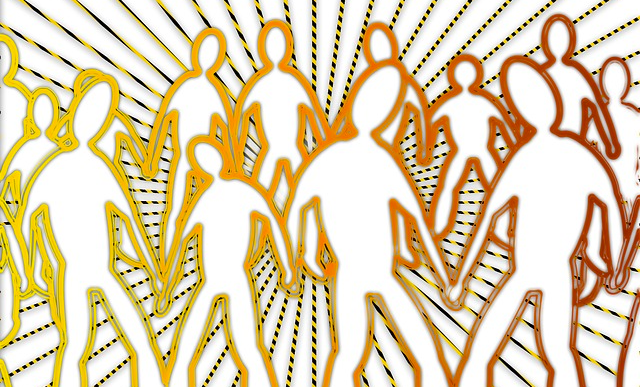
(Way With Worlds is a weekly column on the art of worldbuilding published at Seventh Sanctum, Muse Hack, and Ongoing Worlds)
Sentient races (which I’m adapting in the “species” sense) are almost certainly going to be very adaptable. They are going to learn, change, grow, alter, and evolve – even as individuals. The child of today is nothing like the adult of tomorrow, just as the engineer of today is not the engineer of 200 years ago.
Adaption is, in many ways, the very definition of intelligence: taking in, processing, and using information. The ability to be aware, to think, is what sentience is. Without it, one’s really a machine, even if a biological one.
So if you’re writing sentient races (or species, ugh, I keep hating to differentiate-yet-not here), they’reprobably going to be adaptable. (more…)

And now, with the issue of race and species cleared up by largely just giving up (and using race for everything, including species), let’s talk designing races. Please note that in this case I will discuss race as an inclusively interbreeding, defined group – essentially species, as noted earlier.
Now I’ve covered some of this under previous columns on writing intelligent life – which I assume is largely what we’re covering here. In this case, we’re going to get into the nitty gritty about race creation.
Races start with the setting. Before you “run the race” you need to know the landscape.
OK, not the best joke, stick with me here. (more…)

It gets complicated.
Building “races” is a big thing in worldbuilding, especially in the areas of Science Fiction and Fantasy. People craft epicly different alien races. Games have different stats for the “player races.” Everyone seems happy when some fantasy world has Not Just Another Elf since so many races seem the same.
So if you’re worldbuilding, there’s a chance you need to create races. That’s the problem – when we talk about worldbuilding races, we’re not always talking races. If I’m going to talk race-creation I need to clarify what we’re talking about
We’re probably not talking about what you think we are. (more…)




